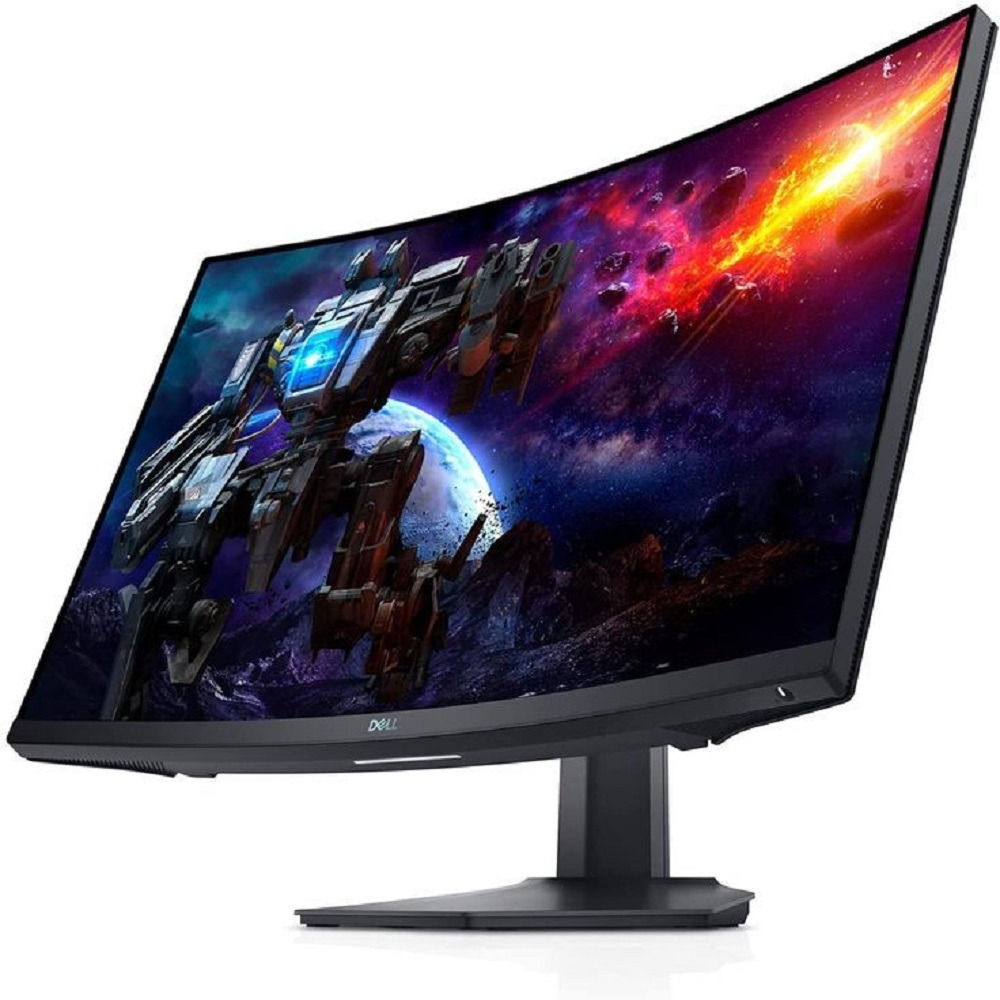In the world of gaming, your monitor plays a critical role in your overall experience. A great gaming monitor can mean the difference between victory and defeat, whether you’re a competitive gamer or simply playing for fun. With so many options available, choosing the right one can feel overwhelming. Don’t worry—we’re here to guide you through everything you need to know about gaming monitors.
1. Why Gaming Monitors Matter
Gaming monitors are specifically designed to enhance your gaming experience. Unlike regular monitors, they offer features like high refresh rates, low response times, and adaptive sync technologies (G-Sync and FreeSync) to deliver smoother, more immersive gameplay. A high-quality monitor ensures:
- Crystal-clear visuals.
- Reduced motion blur and screen tearing.
- A more responsive gaming experience.
2. Key Features to Consider
Resolution
- Full HD (1080p): Affordable and widely supported, ideal for most gamers.
- QHD (1440p): Offers sharper images and a great balance between performance and visuals.
- 4K (2160p): Ultra-detailed visuals for gamers with powerful systems.
Refresh Rate
The refresh rate determines how many times the screen updates per second, measured in Hz.
- 60Hz: Standard for casual gaming.
- 144Hz – 165Hz: A sweet spot for smooth gameplay in most games.
- 240Hz+: Ideal for competitive gamers who need ultra-fast responsiveness.
Response Time
Response time refers to how quickly a pixel changes from one color to another.
- 1ms: Best for fast-paced games like first-person shooters.
- 3-5ms: Good for most other genres.
Panel Type
- TN (Twisted Nematic): Fast response times but limited color accuracy.
- IPS (In-Plane Switching): Excellent color reproduction and viewing angles.
- VA (Vertical Alignment): Great contrast but slower response times.
Screen Size and Aspect Ratio
- 24-27 inches: Perfect for competitive gamers or small setups.
- 32+ inches: Ideal for immersive, cinematic gaming experiences.
- Aspect Ratios: Widescreen (16:9) is standard, while ultrawide (21:9) is great for extra screen real estate.
Adaptive Sync Technologies
- G-Sync: Optimized for NVIDIA GPUs.
- FreeSync: Works with AMD GPUs and some NVIDIA cards.
Both technologies eliminate screen tearing and stuttering for a smoother experience.
3. Top Benefits of Upgrading Your Gaming Monitor
- Improved Immersion: Vibrant colors and high resolutions make games feel more lifelike.
- Better Performance: Higher refresh rates ensure smoother, faster gameplay.
- Competitive Edge: Quick response times give you an advantage in high-stakes matches.
4. Common Mistakes to Avoid
- Overlooking GPU Compatibility: Ensure your graphics card can handle the monitor’s resolution and refresh rate.
- Ignoring Connectivity: Make sure the monitor supports HDMI, DisplayPort, or USB-C based on your setup.
- Choosing Size Over Quality: Bigger isn’t always better; focus on features that improve gameplay.
5. Popular Gaming Genres and Monitor Recommendations
- First-Person Shooters (FPS): Look for high refresh rates (144Hz+) and low response times (1ms).
- Role-Playing Games (RPG): IPS panels for vivid colors and immersive storytelling.
- Racing and Simulation Games: Ultrawide monitors for enhanced field of view and realism.

